Disclosure: Meeple Mountain received a free copy of these products in exchange for an honest, unbiased preview. This preview is not intended to be an endorsement.
With Paizo’s release of Player Core 2 for Pathfinder Second Edition, 8 more classes and Ancestries are now reworked to coincide with the Pathfinder Remaster Project. This also rounds out the original ‘core’ classes from the first Core Rulebook so that nobody is left behind any longer. It always seemed strange to me that some of those weren’t remastered in the Player Core and instead put on the backburner until this installment. Nevertheless, the combination of Player Core and Player Core 2 exist as a sturdy base for this next era of Pathfinder Second Edition.
Pathfinder Player Core 2 Overview
Player Core 2 brings the total page count for the player resources to nearly 800 pages, which feels like a substantial barrier to entry for new players. Thankfully, there still exists a remastered version of the Pathfinder Beginner Box that cuts down the rules overhead substantially for those people who are just dipping their toes into the Pathfinder waters. If you want a bevy of character options as a player, however, the Player Core 2 is a must for the shelf.
The primary purpose of the Player Core 2 is to work in earlier errata, mechanical changes, and rewording terminology as a part of Paizo distancing themselves from the Open Gaming License in favor of their own Open RPG Creative License, which I talked about in more detail in the Pathfinder Core Primer. Functionally, the core concepts of the individual classes and ancestries of this book are the same as they were pre-Remaster. It’s also important to note that all of the rules and updated wording are available online should you already own copies of the original books.
The Ancestries discussed in the book are catfolk, hobgoblin, kholo, kobold, lizardfolk, ratfolk, tengu, and tripkee. You might be familiar with kholo being the renamed version of gnolls. I also find it interesting that Paizo chose to use the ratfolk nomenclature when they’ve been calling the same creatures ysoki since the inception of Starfinder.
As far as Classes, we finally have remastered versions of the alchemist, barbarian, champion, investigator, monk, oracle, sorcerer, and swashbuckler. Some of these have been considered underpowered in Pathfinder Second Edition thus far—looking at you, alchemist—and you’ll find that there’s been some rebalancing to level the playing field. For example, the champion now has a 15-foot emanation that dictates the range of their reactions and updates the Causes available to you now that alignment has been eschewed.
Each of the remastered classes also has separate multiclass rules and there are 40 pages of additional archetypes to choose from. Archetypes have always been my primary source of character inspiration when I’m a player, so getting updated rules in this area is an absolute win for me.
The rest of the book outlines some general feats, treasure changes, and updated spells. There are simply too many changes to discuss everything in-depth here, but based on sheer volume spells are one of the most adjusted areas hit as a part of the remaster. Some spells, like Ancestral Memories, are completely different from their previous iteration, while others, like Black Tentacles, have been renamed (to Slither in this case).
Pathfinder Player Core 2: Who It’s For
It’s right there in the name—Player Core 2 is designed for Pathfinder players, whether you’re a forever Gamemaster or a seasoned player. As a foundational book of the system, this shouldn’t come as any surprise. I would even go so far as to say that there isn’t anything in the book that is for Gamemaster eyes only, which can sometimes be the case in the Lost Omens line.
Even so, if you happen to be a new player to the Pathfinder system, I would still recommend taking smaller steps into the game instead of diving right in. Start with the Player Core—if you’ve already been through the Beginner Box—and become familiar with those concepts before diving into the Player Core 2. It’s not that I think the Player Core 2 classes and concepts are necessarily more complicated, but they do tend to carry a bit more rules baggage than the other classes.
Let’s also consider that any game with over 700 pages of ‘core’ material just for players is quite substantial
For example, monks are essentially similar to the fighter class. However, I’d argue that monks might be more inclined to be dealing with grapple rules more frequently than a fighter might, especially if they take something like the wrestler archetype. Same goes for the champion, where you have more mental load to use your reactions when your allies are in specific situations, etc. Wizards, rangers, clerics—these classes have been the staple of roleplaying games for a long time and because of that they seem to come more naturally to players.
Now, let’s say that you simply can’t wait and absolutely need to pick up Player Core 2 as a new player so that you can play a Tengu Investigator. Go for it! Paizo has set the industry standard with layout and readability throughout the entire Pathfinder Second Edition line, and you won’t have any issues navigating the book or finding what you need. I find this to be particularly true in their use of the margins. The rules for ancestries, for example, feature all of the relevant mechanic information like size, speed, attributes, etc, along the margin for easy lookup.
Player Core 2 remains a key book for Pathfinder Second Edition and it’s well-worth having, especially if you are constantly making new characters to play one-shots, modules, or Pathfinder Society scenarios. If you are only interested in a few of the classes or ancestries, I’d recommend just finding that information online instead.

Pathfinder Player Core 2: The Best Parts
Now let’s take a look at three parts of Player Core 2 that I’m most excited about.
First off, we have the swashbuckler. I’ve been on a bit of a pirate kick lately and that’s caused me to put together a remastered swashbuckler build that I may never get to the table. I really like that Paizo is putting mechanics around things that were previously more ambiguous, specifically with how they’re handling panache. A swashbuckler’s panache is akin to their bravado and confidence. With Player Core 2, panache is now tied to anything with the bravado trait, which can be assigned at the GM’s discretion.
From a gameplay perspective, not much is really changing here, but Pathfinder Second Edition is built around the tag/trait system. Incorporating panache into traits is a direct effort to have uniformity in design. Also, swashbucklers automatically get that +1 circumstance bonus to bravo skill checks even when they don’t have panache, which is a slight buff in that regard.
Paizo also snuck in some new feats that give swashbucklers even more flavor. Dastardly Dash allows you to move past an opponent and possibly give them the clumsy condition by pulling the wool over their eyes, literally. Switcheroo gives you the opportunity to swap places with a neighboring enemy to take a ranged attack on your behalf. With more panache than you’ll know what to do with, and these fun character options, swashbucklers are really coming into their own.
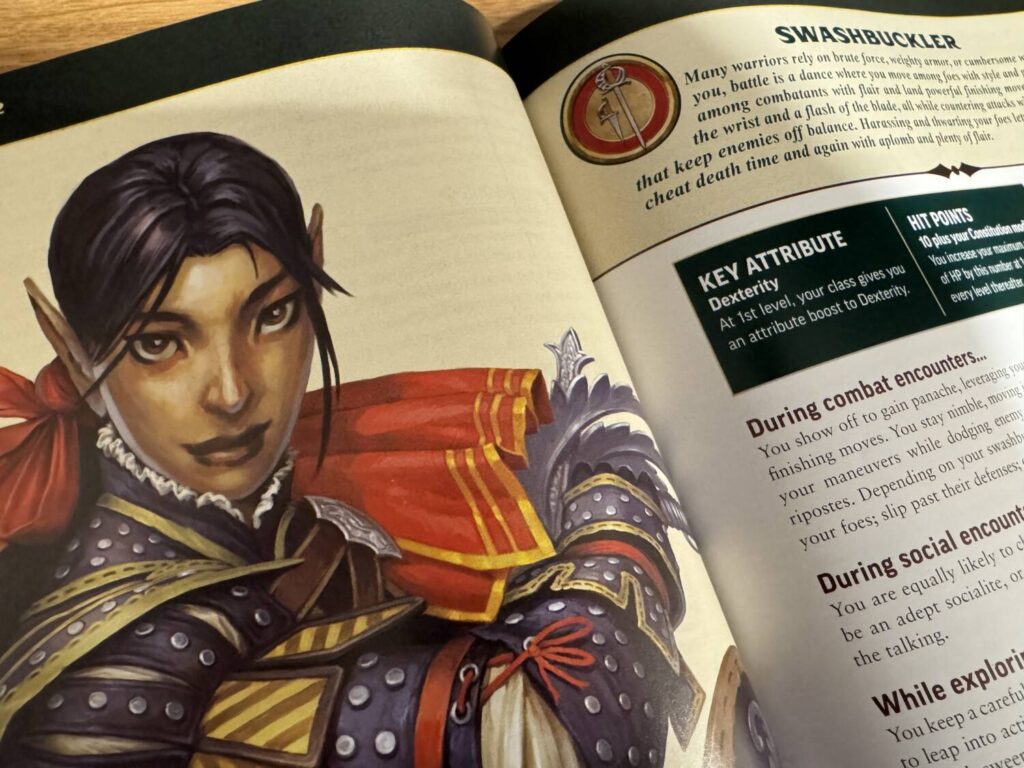
Next up is the barbarian, which happens to be a class that I have always loved to play. Getting right up into the enemy’s face and dishing out piles of damage is a blast. They have historically supported a high-risk, high-reward style of gameplay. Part of this is because you’d take a hit to your Armor Class while in a Rage.
No more! Rage doesn’t lower your AC for barbarians, and it also grants some changes around temporary HP. In the past, you also couldn’t Rage again until a minute had passed. In a fortuitous change of mechanics, you can now Rage before a minute has passed, getting the associated benefits sans the temporary HP bonus which you can’t acquire until that minute is up. It is important to note that multiclassing into barbarian with the Barbarian Dedication Feat does give that -1 malus to AC.
You also can start a Rage when initiative is rolled, meaning that you no longer have to spend a piece of your action economy to do so. It’s a minor change but means that you could take a pair of Move actions and get right up next to a distant enemy and Strike while in a Rage right away in your opening turn. Nobody on the battlefield is safe!
Even though some of the risk is taken away with this change, bringing barbarians up to par with fighters increases their relevance. If fighters are strictly better than the other martial classes, then there’s no real incentive to choosing anything else. Plus, adding in some flavorful mechanics around multiclassed barbarians being worse at their craft than core barbarians is the perfect kind of thematic application that I enjoy.
I’m also excited about the Dandy archetype, something that would have come in quite handy in our most recent session of Paizo’s Sky King’s Tomb Adventure Path. The Dandy is essentially a character who is exceptional in social situations, diplomacy, and influence. There is a particular feat called Party Crasher that allows up to 4 hours into exclusive parties or gatherings without requiring a skill check. No Vince Vaughn or Owen Wilson required.
People tend to focus on combat-enhancing feats which makes sense in a tactical, grid-based map kind of game. However, Paizo has expanded their published content to have a bounty of encounters that don’t necessarily need to be ‘solved’ with force. Having a character who can serve as the face of the party is such a valuable tool that can literally unlock doors.
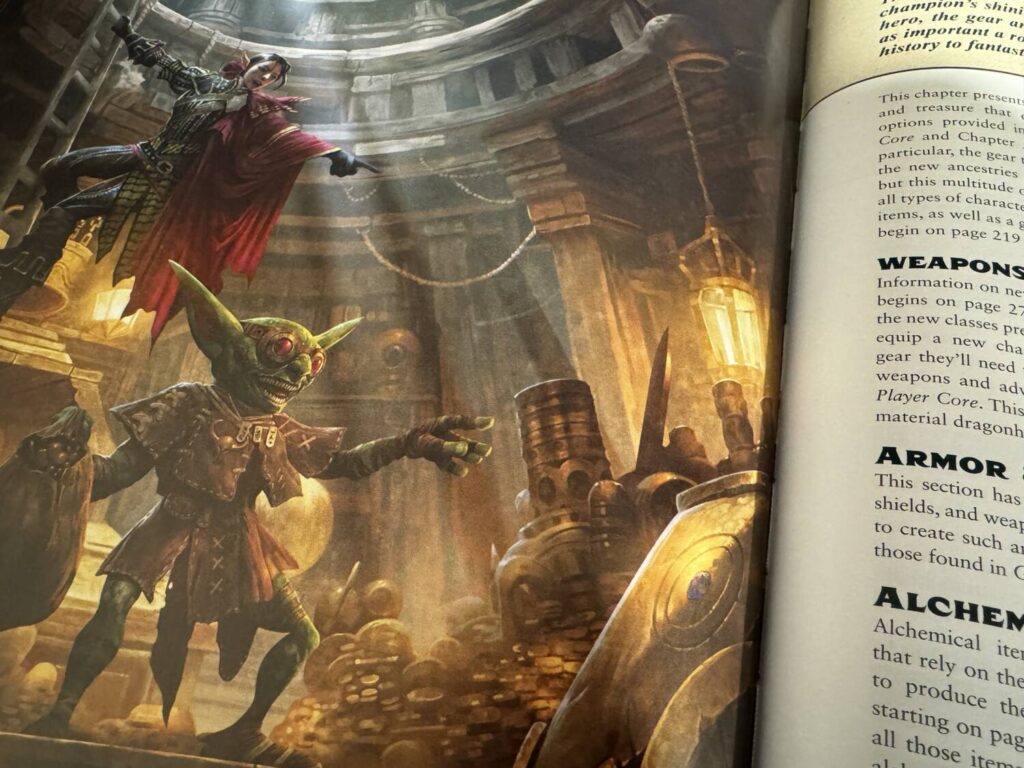
Pathfinder Player Core 2: A Sturdy Foundation
Remastering existing content is a monumental undertaking that doesn’t necessarily translate as a direct multiplier of sales—people who purchased the Core Rulebook or Advanced Player’s Guide won’t automatically purchase the Player Core or Player Core 2. Even so, Paizo is committed to the Open RPG Creative License and its impact on the industry.
The two Player Core books are a solid foundation for Pathfinder Second Edition, fixing issues from the previous iteration in a well-presented matter. Between the pair, you’d have more than enough content for you to build characters and play the game for many years to come.


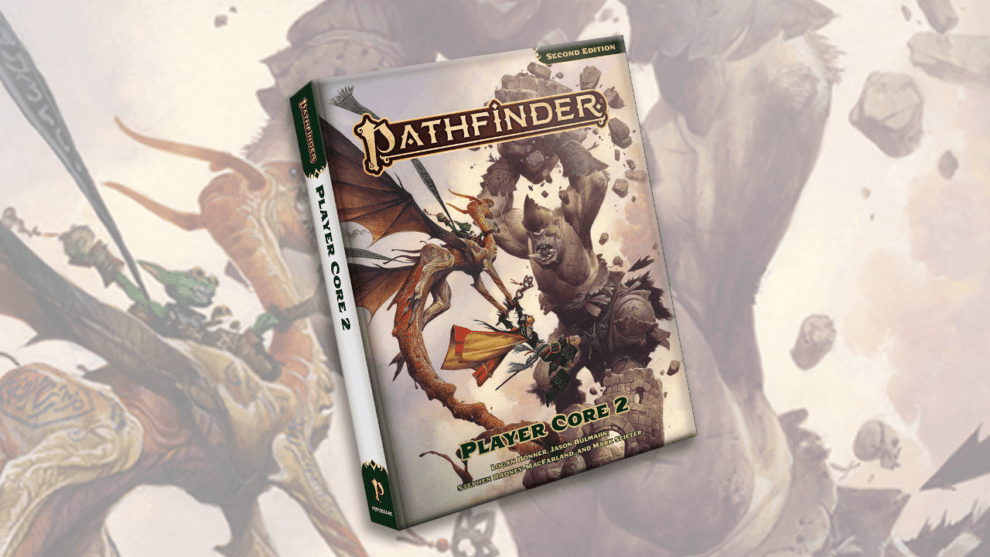


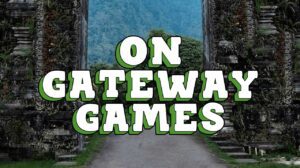
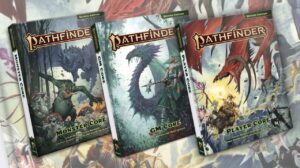




Add Comment